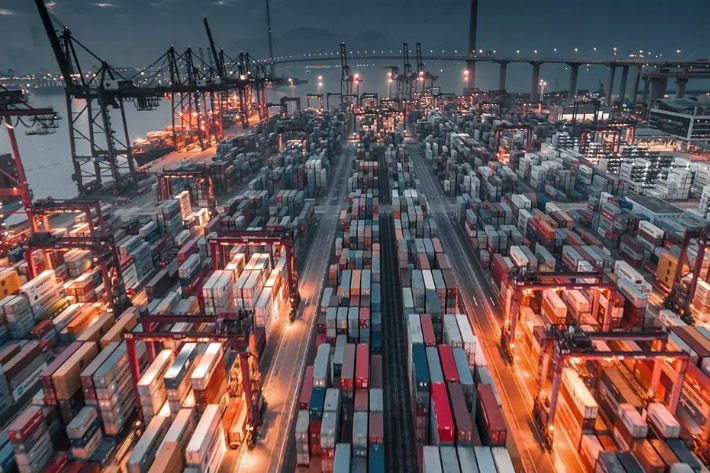
Collaborating to share data and highlight areas of risk must be a priority, he wrote. “Industry-wide, we can apply our expertise to consider risk scenarios and solutions to ensure that we are prepared for a wider range of risks,” he said.
“The last few years are a painful reminder that events once considered remote possibilities can cause massive disruption to global supply chains. Even more localised events like the incident in the Suez Canal upended global trade as we know it. However, we have the cross-sector expertise to anticipate and mitigate such risks,” he wrote.
Fixing global supply chains requires trust and transparency; digital technologies and platforms offer both the ability and opportunity to share real-time data, he said.
Boosting trade is one of the most powerful tools to lift people out of poverty. By working together across borders towards a common goal, governments and businesses can build a more robust global trading community that is both agile and resilient, he wrote.
It also time to invest in defending logistics networks against risk, expand digitalisation and provide incentives that make global trade work for everyone. Taken together, these initiatives will ensure that we do not simply react to shocks but are well prepared to navigate them effectively, he wrote.
As the pandemic has pushed millions back to the brink of extreme poverty, the world cannot—and must not—afford another economic shock that harms those who rely most on the benefits of trade, he wrote.
“Our world cannot wait for the next economic shock; our already fragile supply chains would falter, economies, businesses, and consumers would struggle, and the impact on the world’s poorest is not something anyone would like to imagine,” the CEO added.
Fibre2Fashion News Desk (DS)